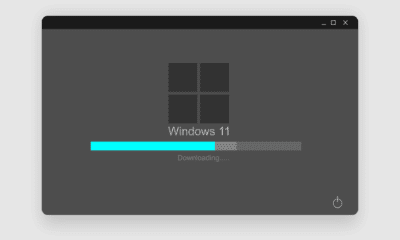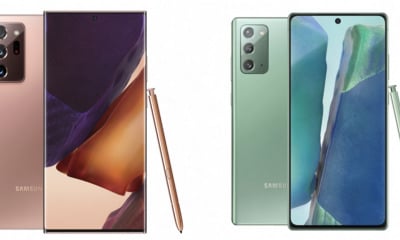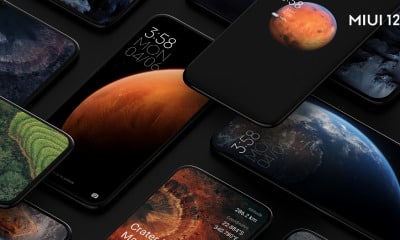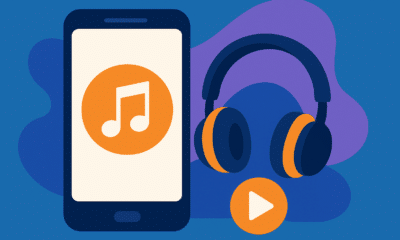Phones
Operating Software for Mobile Devices: History and Facts
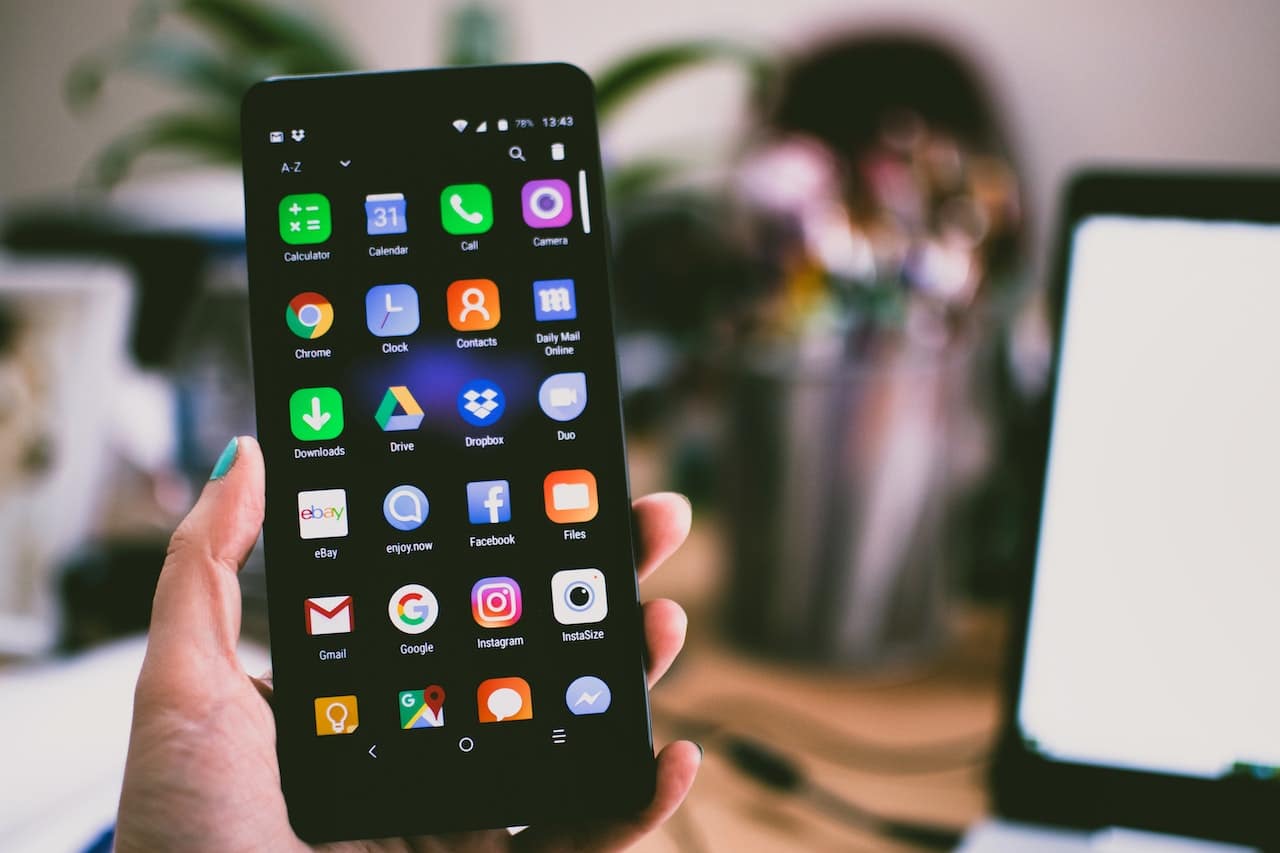
In the grand narrative of human technological advancement, mobile devices and their accompanying operating software have proven to be pivotal players. These handheld marvels, often taken for granted, have evolved dramatically over the past few decades, thanks to significant strides in their operating software. Our interaction with the world has been fundamentally transformed through this evolution, turning the humble mobile phone into a powerful personal assistant, entertainer, and conduit for connectivity. This article aims to walk you through this captivating journey, tracing the evolution of operating software for mobile devices from their humble beginnings to the sophisticated interfaces we interact with today.
Early Beginnings: The Dawn of Mobile Operating Software
Long before the term ‘smartphone’ entered our lexicon, mobile devices were primarily used for calling and messaging. The early mobile operating software was a simple system that performed basic functions with limited interaction. Notably, Nokia’s Series 30 software, used in the legendary Nokia 3310, was a pioneer in this regard, offering features like SMS, simple games, and a basic address book.
In this era, Palm OS emerged as a significant player. Released in 1996, Palm OS was designed for ease of use with a touchscreen interface, a novelty at the time. It featured applications for email, calendar, contacts, and even basic web browsing, laying the groundwork for the multi-functionality of modern smartphones.
Another key player was Symbian, born from a partnership between Nokia, Ericsson, Motorola, and Psion. Launched in 2000, it was designed for the then-emerging ‘smartphone,’ integrating calling, messaging, and PDA functions into a single device. Despite its initial success, Symbian struggled to adapt to the rapid changes in mobile technology, ultimately being phased out in favor of more modern systems.

Transition to Smartphones: A New Era for Mobile OS
The mid-2000s heralded a new era for mobile operating software with the advent of smartphones. These devices needed operating systems capable of handling complex tasks, multi-tasking, and offering a user-friendly interface. Enter BlackBerry OS and Windows Mobile, two systems that significantly shaped this phase.
BlackBerry OS, launched in 2003, was designed for business use. It featured robust email capabilities, enterprise-level security, and a suite of productivity tools, all tied together in a simple, easy-to-navigate interface. BlackBerry Messenger (BBM), an instant messaging application, was another defining feature that propelled its popularity among consumers.
Around the same time, Windows Mobile emerged as a competitor. It brought familiar Windows elements to mobile devices, such as the Start menu and a taskbar for multitasking. Windows Mobile supported a wider range of hardware and was embraced by various manufacturers, fostering a diverse ecosystem of devices.

The Smartphone Boom: iOS and Android Take the Stage
2007 marked a watershed moment in the history of mobile operating software with the arrival of Apple’s iPhone and its iOS. The iOS revolutionized the user experience with its multi-touch interface, smooth animations, and a cohesive ecosystem of apps via the App Store. It created a gold standard for what a smartphone OS should be, focusing on ease of use, design, and seamless integration with other Apple products.
In the following year, Google’s Android OS was launched. This open-source operating system offered an unparalleled level of customization and choice. Android quickly became the preferred OS for various manufacturers, given its adaptability and the freedom it offered to build unique user interfaces. Furthermore, Google Play Store’s introduction led to an explosion of applications, increasing the utility of Android devices manifold.
The iOS-Android duopoly transformed the mobile landscape, with both platforms continuously evolving to outdo each other in terms of features, efficiency, and user experience.
Impact of OS Innovations on Mobile User Experience
The advancements in mobile operating software have undeniably transformed the user experience. From a simple call-and-text tool, mobile devices have become indispensable companions catering to various needs and preferences.
Take, for instance, the evolution of app stores. Apple’s App Store and Google’s Play Store have democratized software distribution, enabling users to customize their devices with an endless array of apps, from productivity tools and games to fitness trackers and streaming services.
Furthermore, the introduction of voice assistants like Siri, Google Assistant, and Amazon’s Alexa has reshaped interaction with devices. These AI-powered tools can perform tasks like setting reminders, sending texts, or answering queries with a simple voice command, making technology more accessible and convenient.
Advancements in mobile operating software have also driven a more personalized and adaptive user experience. Features like Dark Mode, Adaptive Battery, and predictive typing, which learns from your usage patterns, have made our interactions with our devices more seamless and intuitive than ever.
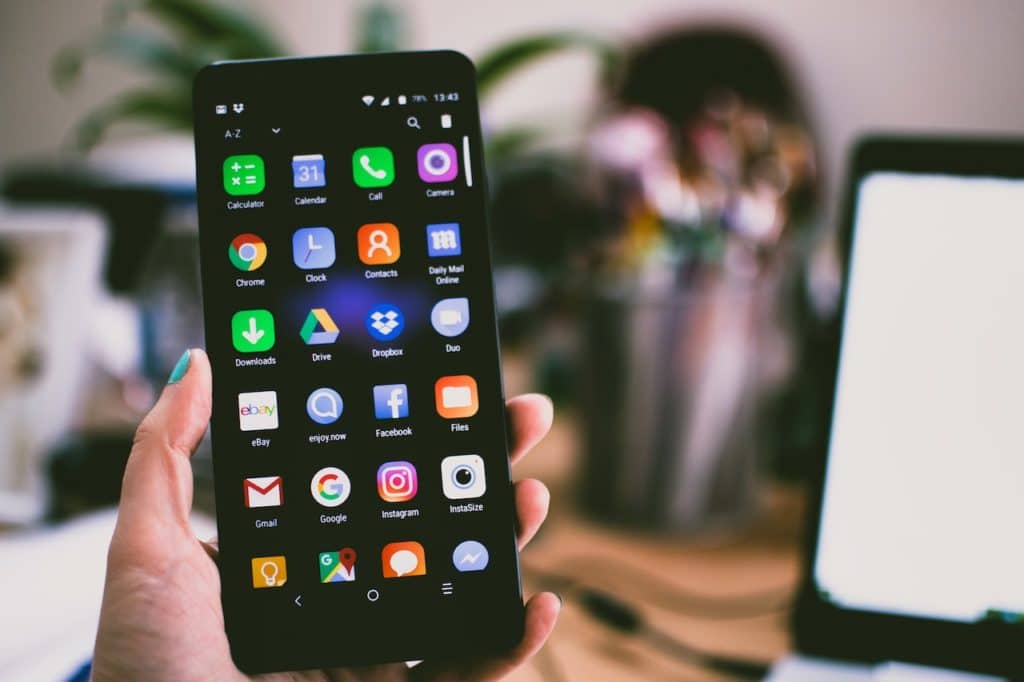
The Future of Operating Software for Mobile Devices
As we look to the future, the operating software will continue to be a linchpin in the mobile industry’s evolution. Emerging trends and technologies promise an even more immersive, personalized, and seamless mobile experience.
One such trend is the advent of foldable devices. Both Android and iOS are being tweaked to adapt to these new form factors. Future operating systems will need to be even more flexible, handling a variety of display sizes and orientations.
The integration of AI and Machine Learning (ML) is another area set to redefine mobile operating software. We’re already witnessing this with features like predictive text and intelligent photography enhancements. In the future, we can expect even deeper AI integration, powering everything from personalized content suggestions to advanced privacy and security measures.
Conclusion
In retrospect, the journey of operating software for mobile devices charts a fascinating tale of human ingenuity and innovation. From basic systems managing calls and texts to sophisticated platforms powering intricate tasks, these systems have truly reshaped our world.
The tale is far from over, though. As we venture further into the 21st century, the mobile operating software will continue to evolve and adapt, heralding new possibilities. The advent of foldable devices, increased AI integration, and the limitless potential of the Internet of Things are just some of the developments that await us.
Looking back helps us appreciate how far we’ve come. Looking forward excites us about where we’re heading. And at the heart of this journey lies the ever-evolving, always fascinating world of operating software for mobile devices. Here’s to the exciting roads that lie ahead!







